1. Why choose stone?
2. What is Limestone?
3. What is Granite?
4. What is Travertine?
5. What maintenance does stone require?
6. Can you match new and old material?
7. Can I see the exact piece being supplied?
Why choose stone?
In modern and traditional buildings, marble and granite are more widely used today than ever before, chosen because they are durable, practical and timeless. The vast range available from Cullifords gives unlimited scope for the architect, client and stonemason alike to enhance the beauty and value of any building by the creative use of natural stone.
What is Limestone?
Limestones are sedimentary rocks rich in carbonates and composed chiefly of calcite.
Limestones form by organic or inorganic processes mainly deposited from marine remains and constitute between 15% -25% of sedimentary rocks exposed above sea level.
What is Granite?
In the stone industry Granite is often used as a collective term for igneous rocks which have similar properties to that of actual Granite.
Actual Granite is a coarse grained igneous rock and consists essentially of quartz and Alkali Feldspar. Granites are igneous rocks with an origin deep within the earth where rocks melt because temperatures are so high. They form by the cooling of molten material and the perfection and size of crystals show the extreme slowness at which each mineral is cooled.
Within our stocks we have many materials from Gneiss, Dolerites, Granodiorite’s & Syenites, which often fall under the collective heading of Granites and in most cases can be used in the same way.
What is Travertine?
Travertines are a hard very compact material typically deposited in volcanic regions, where cooling carbonate – saturated water is exposed. These materials are usually white but can be yellow, beige or red, all formed from impurities such as iron. The characteristic holes found in Travertines are created when bubbles of carbon dioxide are trapped as the stone cools
Marbles are Metamorphosed Limestones which have undergone intense pressure and heat, yet still chiefly consisting of calcite although other minerals can be present.
As with Granites the word Marble is often used to classify many different types of material. In it’s broadest sense it means polished stone. Within our stocks we have many materials from Serpetines, Onyx and Quartzite’s which often fall under the collective heading of marble, and in most cases be used in the same way.
What maintenance does stone require?
Natural Stone is a porous material but provided it is treated with
- Floors should be kept clean on a daily basis using a soft broom and all dust particles, grit, etc, removed.
- Spillages on the surface should be wiped up immediately with a damp cloth.
- Floors should be washed thoroughly on a weekly basis using warm water and a neutral detergent e.g., Lithofin Easy Care is ideal for regular maintenance on all stone surfaces.
- Stubborn stains such as those caused by rubber shoe marks, etc, should be removed by using a special multipurpose cleaner, e.g. Lithofin Wexa.
- Abrasives must never be used and domestic soap will tend to leave a slippery film on the surfaces.
- Do not use household or commercial cleaning agents, which contain bleach.
- In the case of minor stains or joints requiring re-pointing you should seek professional advice.
Lithofin Products are available from Cullifords Ltd. Tel: 020 8390 4656 or Fax: 020 8390 8088
For further Technical Information you can contact the Lithofin Help – Line 01962 732126
Can you match new and old material?
Natural Stone is variable by its nature. With some materials it is often possible to match
Can I see the exact piece being supplied?
The slabs in our yard are stored together as the blocks from which they were cut. It is possible to see the front slab from a particular block, but not always the exact slab which will be used for the particular job. This should not worry you too much though; there is usually very little variance through a block from slab to slab. In terms of tiles, for big
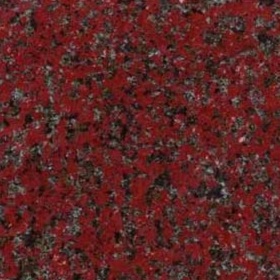 African Red
African Red  Alba Chiara
Alba Chiara  Alicante
Alicante  Alma Grey
Alma Grey  Amazonite
Amazonite 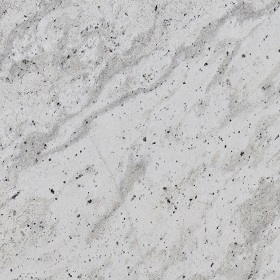 Andromeda White
Andromeda White 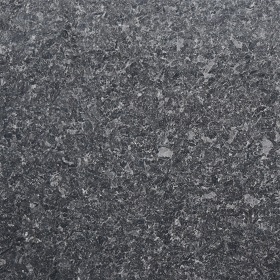 Angola Black
Angola Black  Angola Silver
Angola Silver  Antique Gold
Antique Gold  Aqua Marina
Aqua Marina  Arabescato Cervaiole
Arabescato Cervaiole 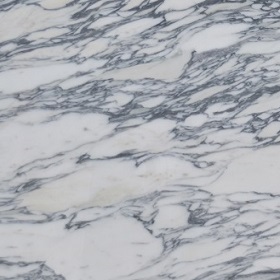 Arabescato Corchia
Arabescato Corchia 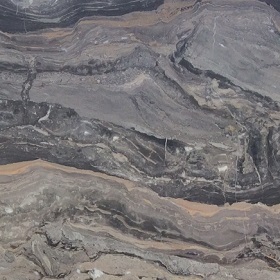 Arabescato Orobico Grigio
Arabescato Orobico Grigio  Arabescato Orobico Rosso
Arabescato Orobico Rosso  Arabescato Portugal
Arabescato Portugal  Arabescato Vagli
Arabescato Vagli 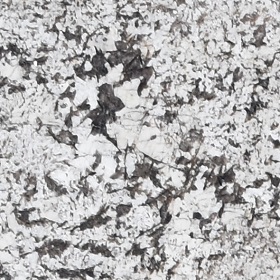 Aran White
Aran White 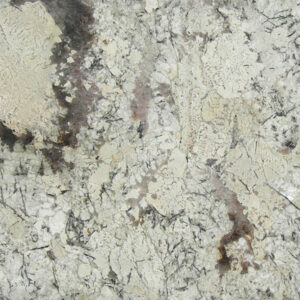 Arctic Cream
Arctic Cream 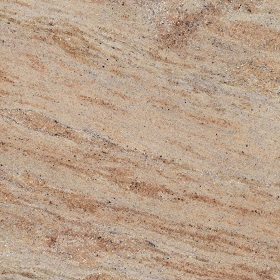 Astoria
Astoria  Atlantic Stone
Atlantic Stone 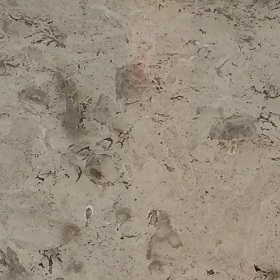 Aurisina Fiorito
Aurisina Fiorito  Avalanche
Avalanche 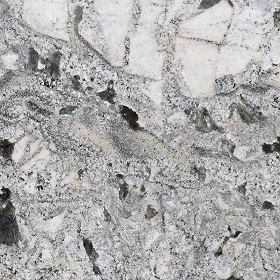 Azul Aran
Azul Aran 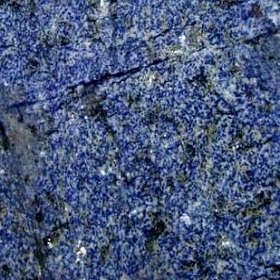 Azul Bahia
Azul Bahia  Azul Boquira
Azul Boquira 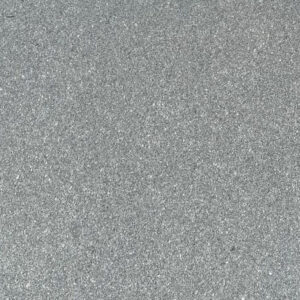 Azul Extremadura
Azul Extremadura 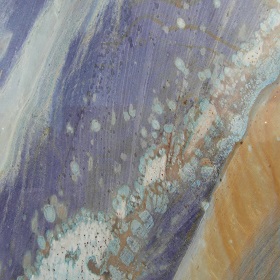 Azul Imperial
Azul Imperial  Azul Louro
Azul Louro 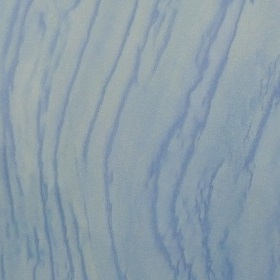 Azul Macaubas
Azul Macaubas 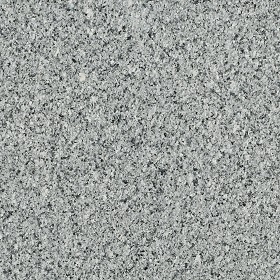 Azul Platino
Azul Platino  Bali
Bali  Baltic Brown
Baltic Brown  Baltic Green
Baltic Green 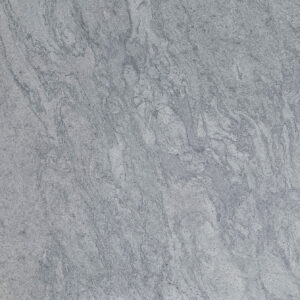 Basaltina
Basaltina Bateig Beige
Bateig Beige 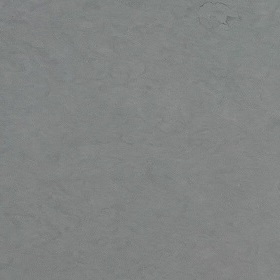 Bateig Blue
Bateig Blue  Belgian Black
Belgian Black  Belgian Fossil
Belgian Fossil  Belize
Belize 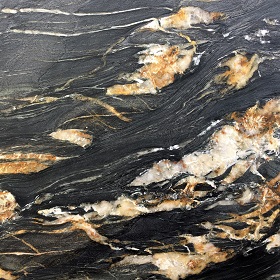 Belvedere
Belvedere  Bethel White
Bethel White  Bianco Covelano
Bianco Covelano  Bianco Iberico
Bianco Iberico  Bianco Ibiza
Bianco Ibiza  Bianco Lasa Marble
Bianco Lasa Marble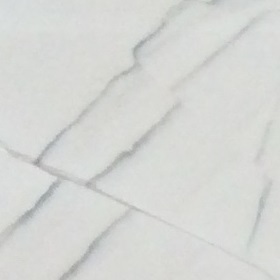 Bianco Macaubas
Bianco Macaubas  Bianco V
Bianco V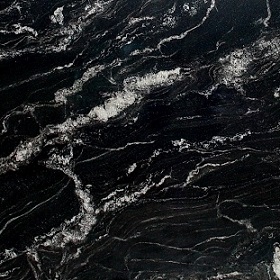 Black Forest
Black Forest 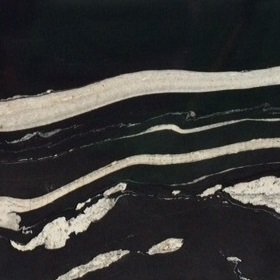 Black Horse
Black Horse  Black Ice
Black Ice Black Silk
Black Silk  Black Tempest
Black Tempest  Blackwood
Blackwood 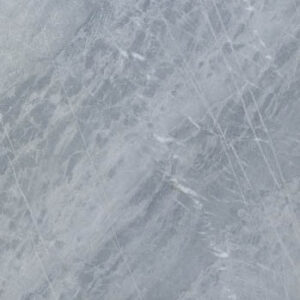 Bleu de Sovoie
Bleu de Sovoie  Blue De Savoie
Blue De Savoie 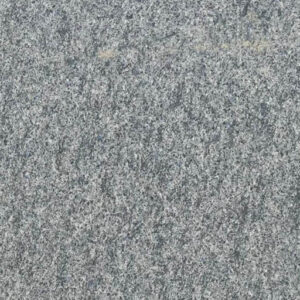 Blue Eyes
Blue Eyes 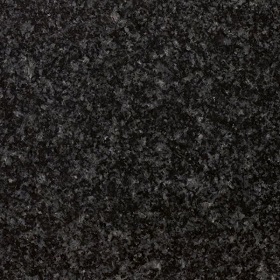 Bon Accord
Bon Accord  Botticino Classico
Botticino Classico 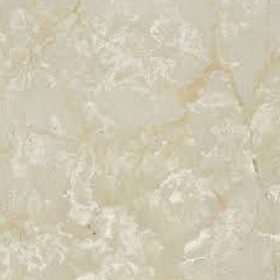 Botticino Fiorito
Botticino Fiorito  Breccia Capraia
Breccia Capraia 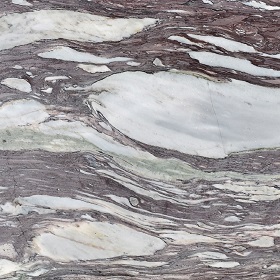 Breccia Fantastico
Breccia Fantastico  Breccia Medicea
Breccia Medicea 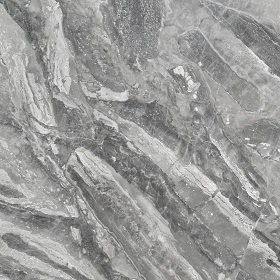 Breccia Supreme
Breccia Supreme  Brown Silk
Brown Silk 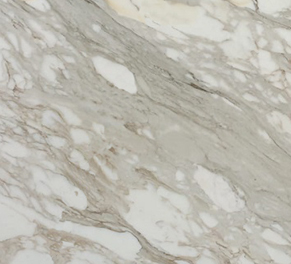 Calacatta
Calacatta Calacatta Apuano
Calacatta Apuano  Calacatta Baroque
Calacatta Baroque  Calacatta Imperial
Calacatta Imperial  Calacatta Michaelangelo
Calacatta Michaelangelo 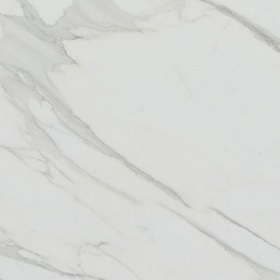 Calacatta Oro
Calacatta Oro 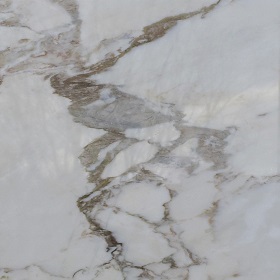 Calacatta Portugal
Calacatta Portugal  Calacatta Rosata
Calacatta Rosata 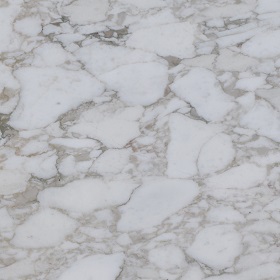 Calacatta Vagli
Calacatta Vagli  Calacatta Verde
Calacatta Verde 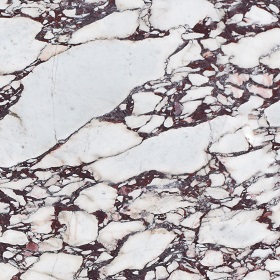 Calacatta Viola
Calacatta Viola  Calacatta Viola Estramoz
Calacatta Viola Estramoz  Calacatta Viola Fantastico
Calacatta Viola Fantastico 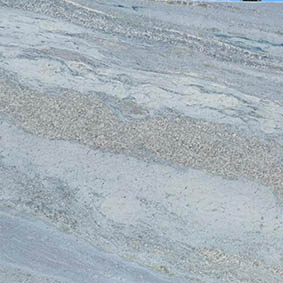 Calcite Blue
Calcite Blue Campobello
Campobello  Capolavoro
Capolavoro  Caravaggio Marble
Caravaggio Marble  Caravaggio Quartzite
Caravaggio Quartzite  Carib Gold
Carib Gold  Carrara
Carrara  Colonial Gold
Colonial Gold  Colonial White
Colonial White 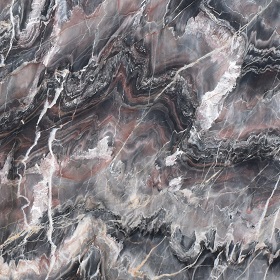 Confusion
Confusion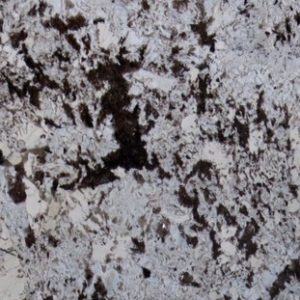 Copenhagen
Copenhagen  Cosmic Black
Cosmic Black  Costa Smeralda
Costa Smeralda  Crema Evora
Crema Evora  Crema Evora Venato
Crema Evora Venato  Crema Marfil
Crema Marfil  Cristallo
Cristallo  Crystal Blue
Crystal Blue 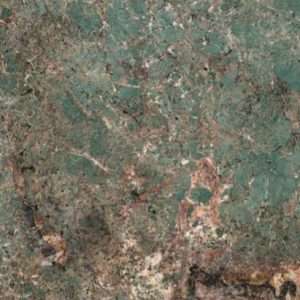 Cullifords Ceramic – Amazonite
Cullifords Ceramic – Amazonite  Cullifords Ceramic – Arabescato Orobico
Cullifords Ceramic – Arabescato Orobico  Cullifords Ceramic – Arabescato Statuario
Cullifords Ceramic – Arabescato Statuario 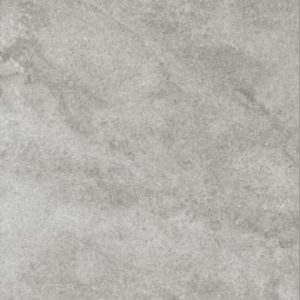 Cullifords Ceramic – Azul Bateig Limestone
Cullifords Ceramic – Azul Bateig Limestone 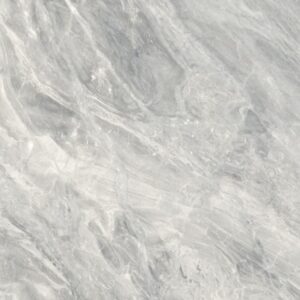 Cullifords Ceramic – Bardiglio Chiaro
Cullifords Ceramic – Bardiglio Chiaro  Cullifords Ceramic – Basaltina Antracite
Cullifords Ceramic – Basaltina Antracite  Cullifords Ceramic – Basaltina Grey
Cullifords Ceramic – Basaltina Grey 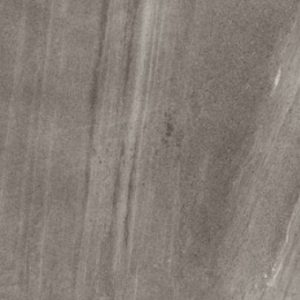 Cullifords Ceramic – Basaltina Moka
Cullifords Ceramic – Basaltina Moka 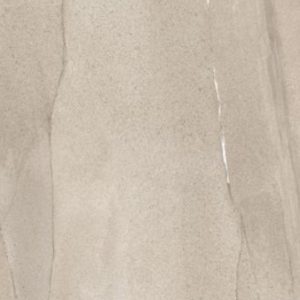 Cullifords Ceramic – Basaltina Sand
Cullifords Ceramic – Basaltina Sand  Cullifords Ceramic – Basaltina White
Cullifords Ceramic – Basaltina White  Cullifords Ceramic – Bianco
Cullifords Ceramic – Bianco  Cullifords Ceramic – Bianco Calacatta
Cullifords Ceramic – Bianco Calacatta  Cullifords Ceramic – Bianco Covelano
Cullifords Ceramic – Bianco Covelano  Cullifords Ceramic – Bianco Statuario
Cullifords Ceramic – Bianco Statuario  Cullifords Ceramic – Brilliant Green
Cullifords Ceramic – Brilliant Green  Cullifords Ceramic – Calacatta
Cullifords Ceramic – Calacatta  Cullifords Ceramic – Calacatta Bellissimo
Cullifords Ceramic – Calacatta Bellissimo  Cullifords Ceramic – Calacatta Dorato
Cullifords Ceramic – Calacatta Dorato Cullifords Ceramic – Calacatta Lincoln
Cullifords Ceramic – Calacatta Lincoln  Cullifords Ceramic – Calacatta Macchia Vecchia
Cullifords Ceramic – Calacatta Macchia Vecchia  Cullifords Ceramic – Calacatta Viola
Cullifords Ceramic – Calacatta Viola  Cullifords Ceramic – Calce
Cullifords Ceramic – Calce  Cullifords Ceramic – Capraia
Cullifords Ceramic – Capraia  Cullifords Ceramic – Cloud
Cullifords Ceramic – Cloud  Cullifords Ceramic – Crema Delicato
Cullifords Ceramic – Crema Delicato  Cullifords Ceramic – Crema Luna
Cullifords Ceramic – Crema Luna  Cullifords Ceramic – Crystal Grey
Cullifords Ceramic – Crystal Grey  Cullifords Ceramic – Crystal Sky
Cullifords Ceramic – Crystal Sky  Cullifords Ceramic – Daino Grigio
Cullifords Ceramic – Daino Grigio 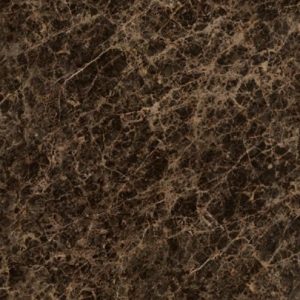 Cullifords Ceramic – Dark Emperador
Cullifords Ceramic – Dark Emperador  Cullifords Ceramic – Dove Grey
Cullifords Ceramic – Dove Grey  Cullifords Ceramic – Earth
Cullifords Ceramic – Earth  Cullifords Ceramic – Ebano
Cullifords Ceramic – Ebano 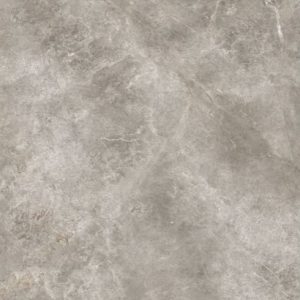 Cullifords Ceramic – Fior Di Bosco
Cullifords Ceramic – Fior Di Bosco  Cullifords Ceramic – Gem Pearl
Cullifords Ceramic – Gem Pearl 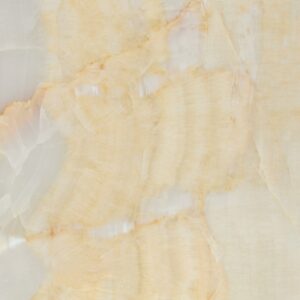 Cullifords Ceramic – Gold Onyx
Cullifords Ceramic – Gold Onyx 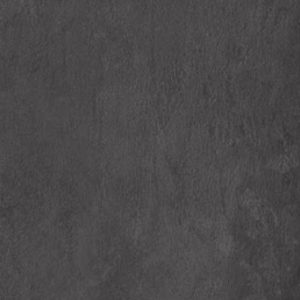 Cullifords Ceramic – Graphite
Cullifords Ceramic – Graphite 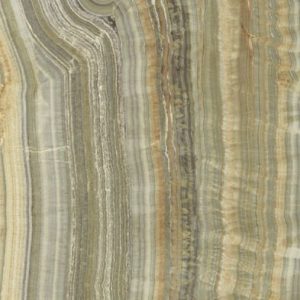 Cullifords Ceramic – Green Onyx Vein Cut
Cullifords Ceramic – Green Onyx Vein Cut  Cullifords Ceramic – Grey Marble
Cullifords Ceramic – Grey Marble  Cullifords Ceramic – Grey Onyx Vein Cut
Cullifords Ceramic – Grey Onyx Vein Cut  Cullifords Ceramic – Grigio Carnico
Cullifords Ceramic – Grigio Carnico  Cullifords Ceramic – Ink
Cullifords Ceramic – Ink  Cullifords Ceramic – Iron
Cullifords Ceramic – Iron  Cullifords Ceramic – Jerusalem Limestone
Cullifords Ceramic – Jerusalem Limestone  Cullifords Ceramic – Light Grey
Cullifords Ceramic – Light Grey  Cullifords Ceramic – Liquid Green
Cullifords Ceramic – Liquid Green 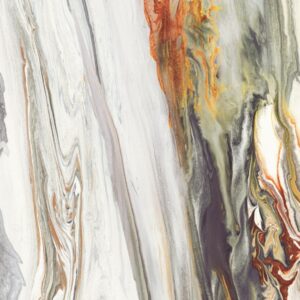 Cullifords Ceramic – Liquid Purple
Cullifords Ceramic – Liquid Purple  Cullifords Ceramic – Luce Gold
Cullifords Ceramic – Luce Gold  Cullifords Ceramic – Luce Pearl
Cullifords Ceramic – Luce Pearl  Cullifords Ceramic – Luce Silver
Cullifords Ceramic – Luce Silver  Cullifords Ceramic – Michelangelo Altissimo
Cullifords Ceramic – Michelangelo Altissimo  Cullifords Ceramic – Nero
Cullifords Ceramic – Nero  Cullifords Ceramic – Onice Bianco Extra
Cullifords Ceramic – Onice Bianco Extra  Cullifords Ceramic – Onice Ghiaccio
Cullifords Ceramic – Onice Ghiaccio 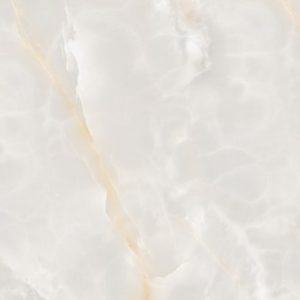 Cullifords Ceramic – Onice Grigio
Cullifords Ceramic – Onice Grigio  Cullifords Ceramic – Onice Ivory
Cullifords Ceramic – Onice Ivory  Cullifords Ceramic – Onice Malaga
Cullifords Ceramic – Onice Malaga  Cullifords Ceramic – Onice Miele
Cullifords Ceramic – Onice Miele  Cullifords Ceramic – Onice Nero
Cullifords Ceramic – Onice Nero  Cullifords Ceramic – Onice Persia
Cullifords Ceramic – Onice Persia  Cullifords Ceramic – Onice Pesca
Cullifords Ceramic – Onice Pesca  Cullifords Ceramic – Pietra Di Vals
Cullifords Ceramic – Pietra Di Vals  Cullifords Ceramic – Pietra Grey
Cullifords Ceramic – Pietra Grey  Cullifords Ceramic – Premium White
Cullifords Ceramic – Premium White  Cullifords Ceramic – Pulpis Bronze
Cullifords Ceramic – Pulpis Bronze  Cullifords Ceramic – Rosso Imperiale
Cullifords Ceramic – Rosso Imperiale  Cullifords Ceramic – Sahara Noir
Cullifords Ceramic – Sahara Noir  Cullifords Ceramic – San Vicente Limestone
Cullifords Ceramic – San Vicente Limestone  Cullifords Ceramic – Silicio
Cullifords Ceramic – Silicio  Cullifords Ceramic – Silver
Cullifords Ceramic – Silver  Cullifords Ceramic – Smoke
Cullifords Ceramic – Smoke 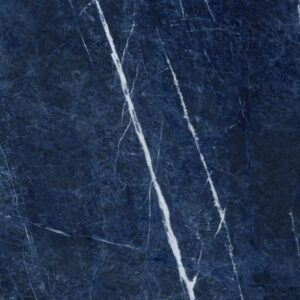 Cullifords Ceramic – Sodalite Blue
Cullifords Ceramic – Sodalite Blue  Cullifords Ceramic – Talc
Cullifords Ceramic – Talc 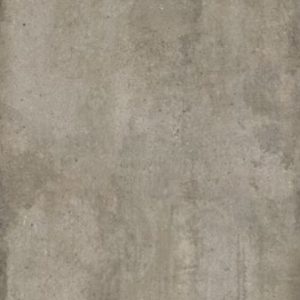 Cullifords Ceramic – Taupe
Cullifords Ceramic – Taupe  Cullifords Ceramic – Thassos
Cullifords Ceramic – Thassos  Cullifords Ceramic – Tobacco
Cullifords Ceramic – Tobacco  Cullifords Ceramic – Travertino Navona
Cullifords Ceramic – Travertino Navona  Cullifords Ceramic – Travertino Santa Caterina
Cullifords Ceramic – Travertino Santa Caterina  Cullifords Ceramic – Tropical Black
Cullifords Ceramic – Tropical Black  Cullifords Ceramic – Verde Karzai
Cullifords Ceramic – Verde Karzai  Cullifords Ceramic – Verde St. Denis
Cullifords Ceramic – Verde St. Denis  Cullifords Ceramic – White Beauty
Cullifords Ceramic – White Beauty  Cullifords Quartz – Alpine Shimmer
Cullifords Quartz – Alpine Shimmer Cullifords Quartz – Bianco Eclipsia
Cullifords Quartz – Bianco Eclipsia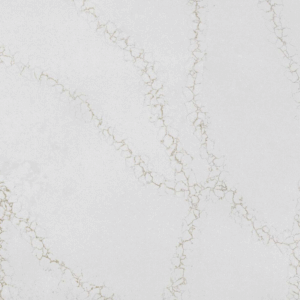 Cullifords Quartz – Calacatta Amber
Cullifords Quartz – Calacatta Amber Cullifords Quartz – Calacatta Oro
Cullifords Quartz – Calacatta Oro Cullifords Quartz – Calacatta Vagli Oro (Book-Matched)
Cullifords Quartz – Calacatta Vagli Oro (Book-Matched) Cullifords Quartz – Carrara
Cullifords Quartz – Carrara Cullifords Quartz – Carrara Zero (less than 1% Silica)
Cullifords Quartz – Carrara Zero (less than 1% Silica) Cullifords Quartz – Enigma
Cullifords Quartz – Enigma Cullifords Quartz – Grey Concrete
Cullifords Quartz – Grey Concrete Cullifords Quartz – Grey Shimmer
Cullifords Quartz – Grey Shimmer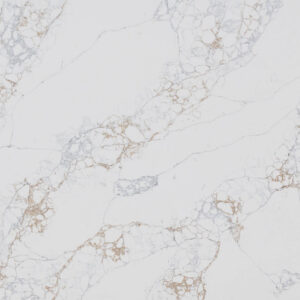 Cullifords Quartz – Medicea (Book-Matched)
Cullifords Quartz – Medicea (Book-Matched) Cullifords Quartz – Misty Carrara Satinato
Cullifords Quartz – Misty Carrara Satinato Cullifords Quartz – Polido
Cullifords Quartz – Polido Cullifords Quartz – White Mirror
Cullifords Quartz – White Mirror Daino Reale
Daino Reale  Dakota Mahogany
Dakota Mahogany  Diamond Fall
Diamond Fall 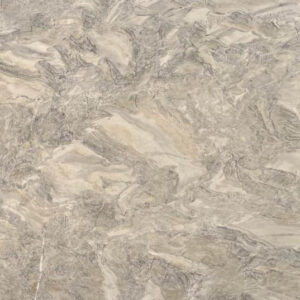 Dolce Vita
Dolce Vita  Dolomite White
Dolomite White 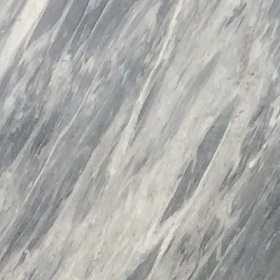 Dove Nuvolato
Dove Nuvolato  Dover White
Dover White 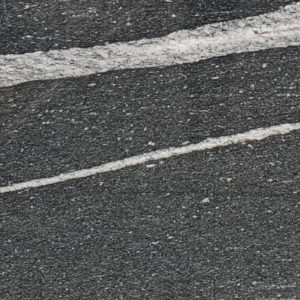 Duke Black
Duke Black 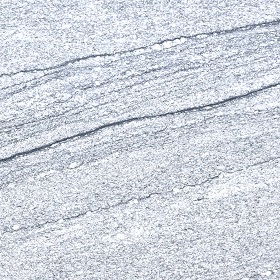 Duke White
Duke White  Ebony
Ebony 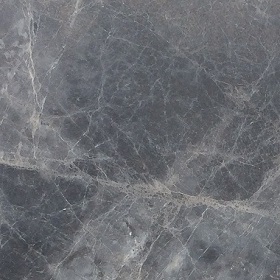 Elegante Grey
Elegante Grey  Emerald Glitter
Emerald Glitter 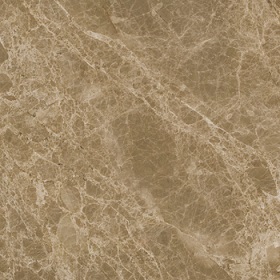 Emperador
Emperador 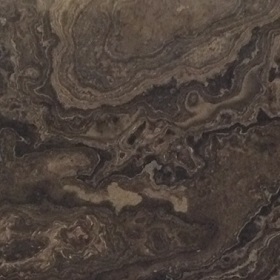 Eramosa Crosscut
Eramosa Crosscut Eramosa Vein Cut
Eramosa Vein Cut 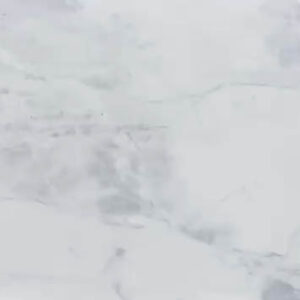 Estramoz
Estramoz 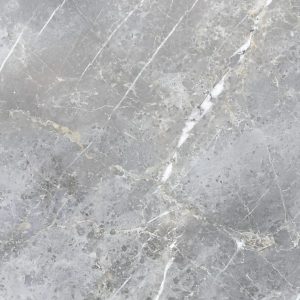 Fior Di Bosco
Fior Di Bosco 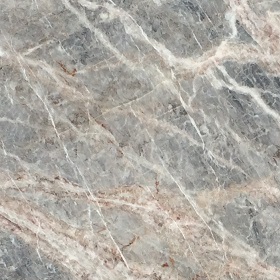 Fior Di Pesco Carnico
Fior Di Pesco Carnico 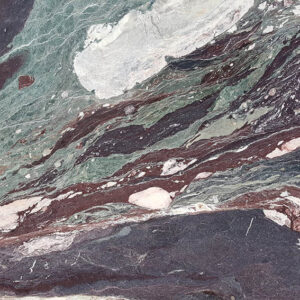 Four Seasons
Four Seasons  Fusion Blue
Fusion Blue  Fusion Explosion
Fusion Explosion Fusion Fire
Fusion Fire  Fusion Green
Fusion Green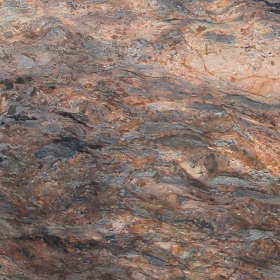 Fusion Wow Multicolour
Fusion Wow Multicolour  Galaxy
Galaxy  Ghibli
Ghibli 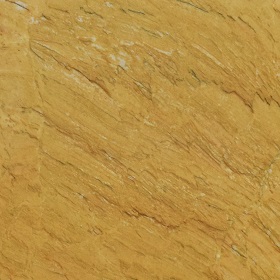 Gold Macaubus
Gold Macaubus 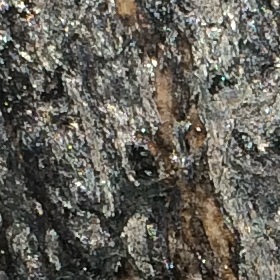 Golden Eclipse
Golden Eclipse 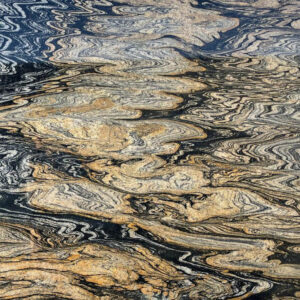 Golden Spice
Golden Spice  Gran Perla
Gran Perla  Grand Antique
Grand Antique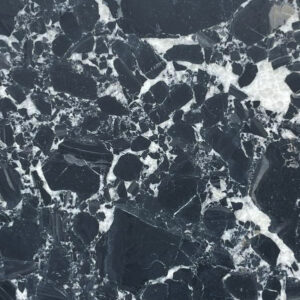 Grand Constantine
Grand Constantine Green Galaxy
Green Galaxy  Grey Marquina
Grey Marquina  Grigio Billiemi
Grigio Billiemi 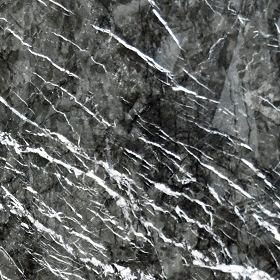 Grigio Carnico
Grigio Carnico  Gris Pulpis
Gris Pulpis 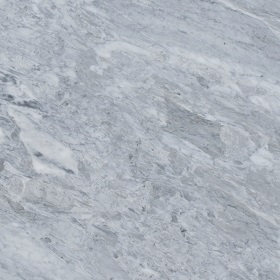 Gris Versilia
Gris Versilia  Himalayan White
Himalayan White 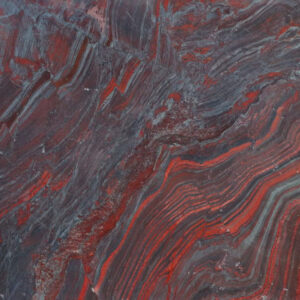 Iron Red
Iron Red  Ivory Fantasy
Ivory Fantasy  Ivory Onyx
Ivory Onyx 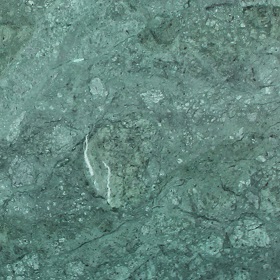 Jade
Jade  Jade River
Jade River Jordan Pink
Jordan Pink  Juparana Bordeaux
Juparana Bordeaux  Juparana Indiano
Juparana Indiano  Juparana Rio
Juparana Rio 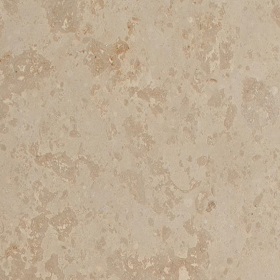 Jura Beige
Jura Beige  Jura Blue Grey
Jura Blue Grey 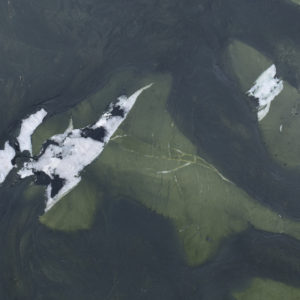 Jurassic Green
Jurassic Green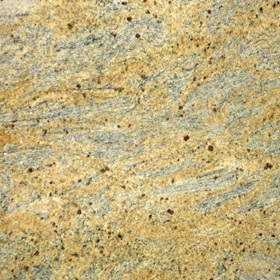 Kashmir Gold
Kashmir Gold  Kashmir White
Kashmir White  Katuba Blue
Katuba Blue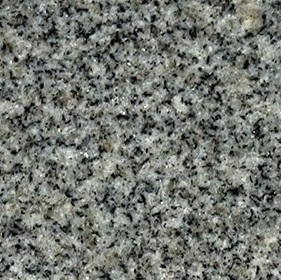 Kuru Grey
Kuru Grey  Labrador Black
Labrador Black  Labradorite Bianca
Labradorite Bianca 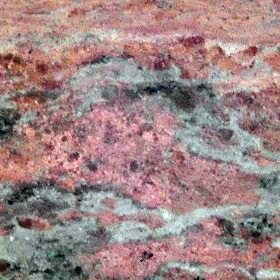 Lady Dream
Lady Dream  Lagoa Pink
Lagoa Pink 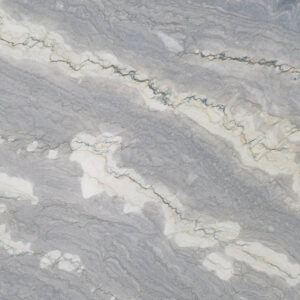 Laguna Blue
Laguna Blue  Lemon Spice
Lemon Spice 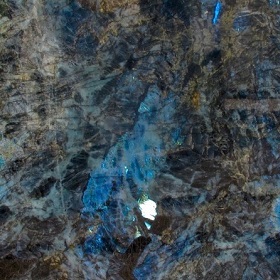 Lemurian Blue
Lemurian Blue  Lilac
Lilac 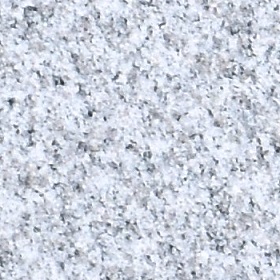 London White
London White 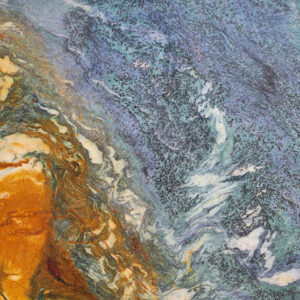 Louise Blue
Louise Blue 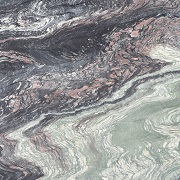 Luana Multicolour
Luana Multicolour  Luna Pearl
Luna Pearl  LUNDHS Antique
LUNDHS Antique 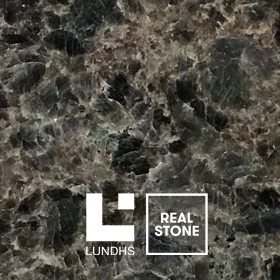 LUNDHS Antique Silk
LUNDHS Antique Silk  LUNDHS Blue
LUNDHS Blue  LUNDHS Blue Silk
LUNDHS Blue Silk  LUNDHS Emerald
LUNDHS Emerald 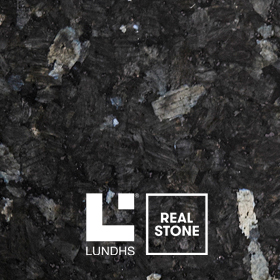 LUNDHS Emerald Silk
LUNDHS Emerald Silk 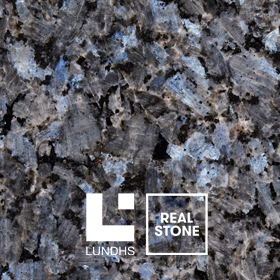 LUNDHS Royal
LUNDHS Royal 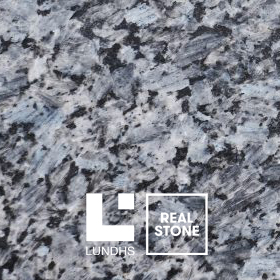 LUNDHS Royal Silk
LUNDHS Royal Silk 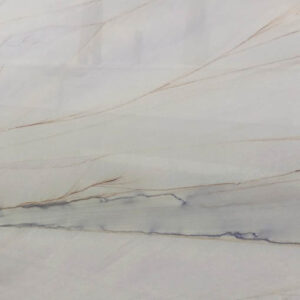 Macaubas Sky
Macaubas Sky  Magma Black
Magma Black  Magma Gold
Magma Gold  Magnesite
Magnesite 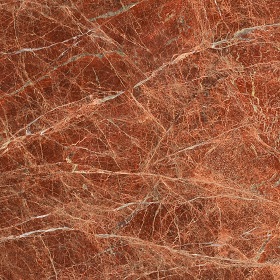 Majestic Brown
Majestic Brown  Marinace Aquarius
Marinace Aquarius 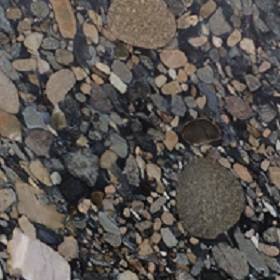 Marinace Black and Gold
Marinace Black and Gold  Marinace Black and White
Marinace Black and White 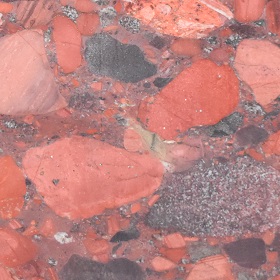 Marinace Rosso
Marinace Rosso 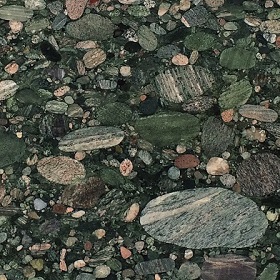 Marinace Verde
Marinace Verde 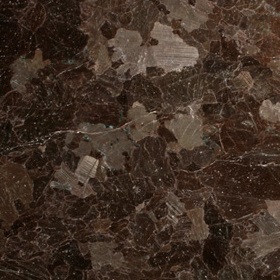 Marron Coheiba
Marron Coheiba 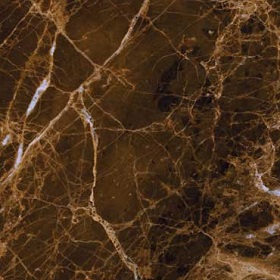 Marron Imperial
Marron Imperial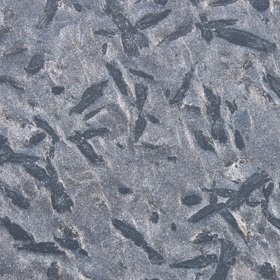 Matrix Satinato
Matrix Satinato  Maui
Maui  Meteorus
Meteorus 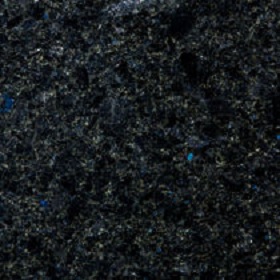 Midnight Blue
Midnight Blue 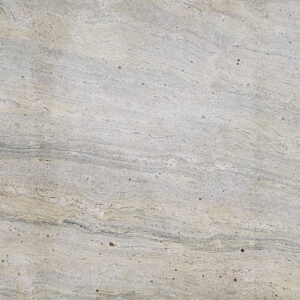 Millenium Cream
Millenium Cream  Moca Creme
Moca Creme  Moleanos
Moleanos  Moleanos Blue
Moleanos Blue  Moleanos Fine Grain
Moleanos Fine Grain 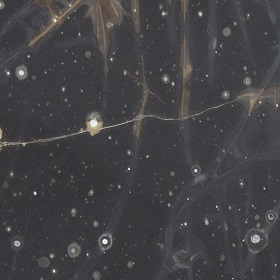 Moon Agate
Moon Agate  Moroccan Black Fossil
Moroccan Black Fossil  Moroccan Brown Fossil
Moroccan Brown Fossil 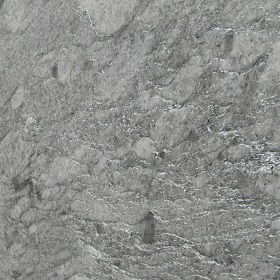 Mosaikus
Mosaikus  Namibian White
Namibian White  Nero Marquina
Nero Marquina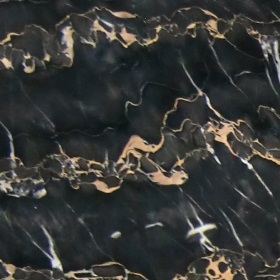 Nero Portoro
Nero Portoro 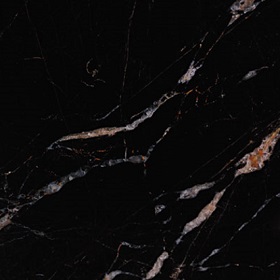 Noir St. Laurent
Noir St. Laurent  Nordic Sunset
Nordic Sunset  Norwegian Rose
Norwegian Rose 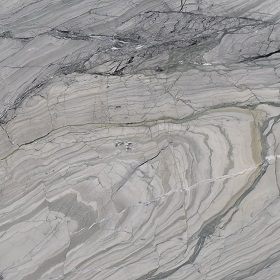 Nuvola
Nuvola  Occhio di Pavone
Occhio di Pavone 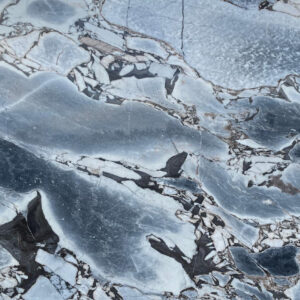 Ocean Storm
Ocean Storm 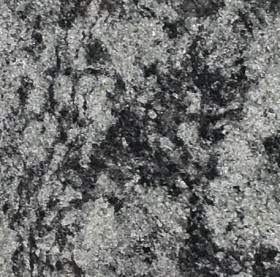 Olive Green
Olive Green 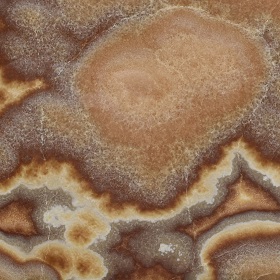 Onyx Cappucino
Onyx Cappucino  Onyx Green
Onyx Green  Onyx Honey
Onyx Honey 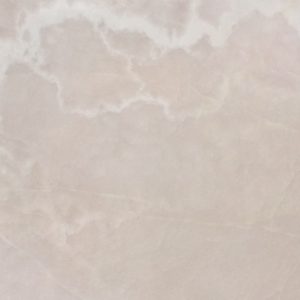 Onyx Pink
Onyx Pink  Onyx Smeraldo
Onyx Smeraldo  Opera D’Arte
Opera D’Arte  Optimum Ceramics – Arabescato Corchia
Optimum Ceramics – Arabescato Corchia  Optimum Ceramics – Atlantic Grey
Optimum Ceramics – Atlantic Grey  Optimum Ceramics – Black Marquina
Optimum Ceramics – Black Marquina  Optimum Ceramics – Black Tempest
Optimum Ceramics – Black Tempest  Optimum Ceramics – Borghini
Optimum Ceramics – Borghini  Optimum Ceramics – Calacatta Gold
Optimum Ceramics – Calacatta Gold  Optimum Ceramics – Calacatta Matarazzo
Optimum Ceramics – Calacatta Matarazzo  Optimum Ceramics – Calacatta Supreme
Optimum Ceramics – Calacatta Supreme  Optimum Ceramics – Concrete Graphite
Optimum Ceramics – Concrete Graphite  Optimum Ceramics – Concrete Light Grey
Optimum Ceramics – Concrete Light Grey  Optimum Ceramics – Concrete White
Optimum Ceramics – Concrete White  Optimum Ceramics – Fior Di Bosco
Optimum Ceramics – Fior Di Bosco  Optimum Ceramics – Gold Laurent
Optimum Ceramics – Gold Laurent  Optimum Ceramics – Imperial Brown
Optimum Ceramics – Imperial Brown  Optimum Ceramics – Limestone Ivory
Optimum Ceramics – Limestone Ivory  Optimum Ceramics – Macchia Vecchia
Optimum Ceramics – Macchia Vecchia  Optimum Ceramics – Pietra Di Fez
Optimum Ceramics – Pietra Di Fez  Optimum Ceramics – Pietra Grey
Optimum Ceramics – Pietra Grey  Optimum Ceramics – Portland
Optimum Ceramics – Portland  Optimum Ceramics – Statuario
Optimum Ceramics – Statuario  Optimum Ceramics – Super White
Optimum Ceramics – Super White  Optimum Ceramics – Taj Mahal
Optimum Ceramics – Taj Mahal  Optimum Ceramics – Travertino Classico
Optimum Ceramics – Travertino Classico  Pakistan Black and Gold
Pakistan Black and Gold Palissandro Black
Palissandro Black 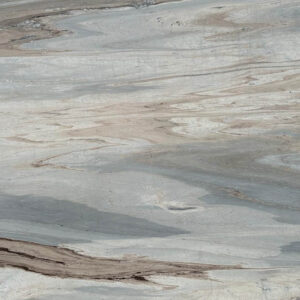 Palissandro Bluette
Palissandro Bluette  Palissandro Classico
Palissandro Classico 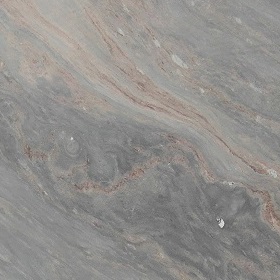 Palissandro Nuvolato
Palissandro Nuvolato  Panda White
Panda White  Panna Fragola
Panna Fragola  Paradiso Classico
Paradiso Classico 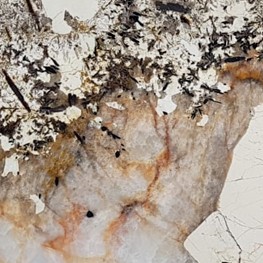 Patagonia
Patagonia  Pegasus
Pegasus 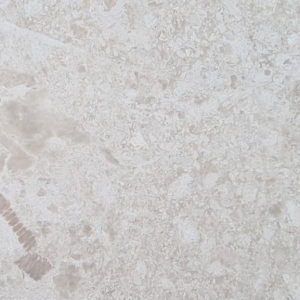 Perla Beige
Perla Beige 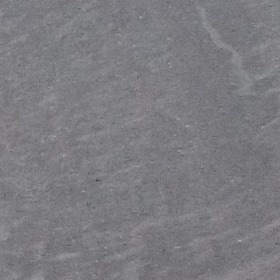 Pietra Del Cardosa
Pietra Del Cardosa  Pietra Lavica
Pietra Lavica  Pietra Piasentina
Pietra Piasentina  Pietra Serena
Pietra Serena  Piracema
Piracema 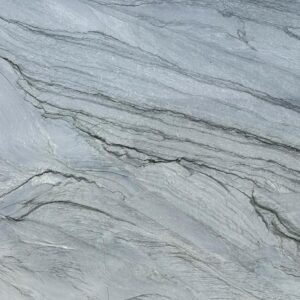 Platinum Macaubus
Platinum Macaubus  Radianz – Mystic Platinum
Radianz – Mystic Platinum  Radianz – Alluring
Radianz – Alluring 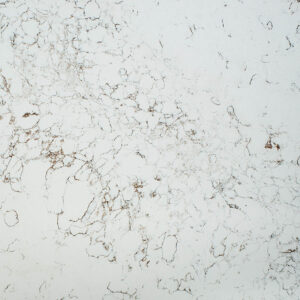 Radianz – Antique Brown
Radianz – Antique Brown 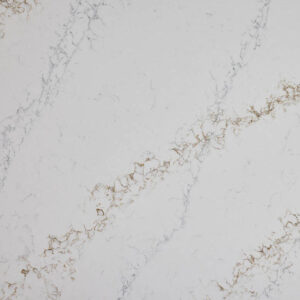 Radianz – Argento Gold
Radianz – Argento Gold 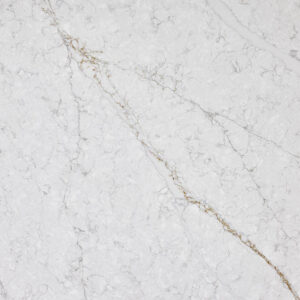 Radianz – Calacatta Alya
Radianz – Calacatta Alya  Radianz – Carola
Radianz – Carola  Radianz – Diamond White
Radianz – Diamond White 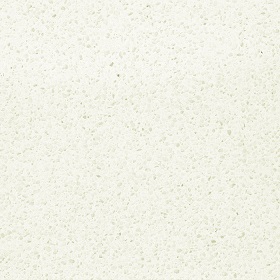 Radianz – Everest White
Radianz – Everest White 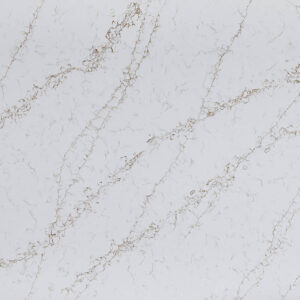 Radianz – Hercules
Radianz – Hercules 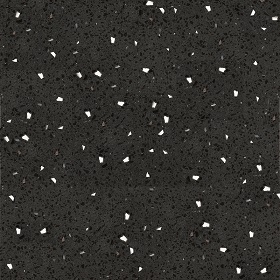 Radianz – Kunlun Ink
Radianz – Kunlun Ink 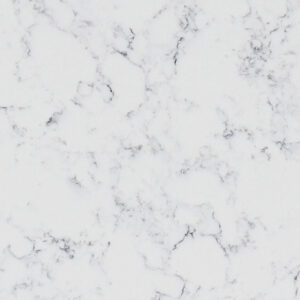 Radianz – Lucern Lake
Radianz – Lucern Lake 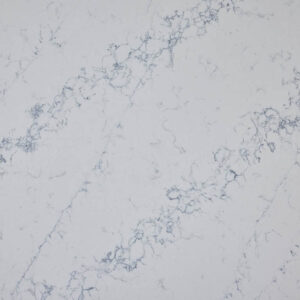 Radianz – Mare Blu
Radianz – Mare Blu  Radianz – Mariposa Buff
Radianz – Mariposa Buff  Radianz – Mirama Bronze
Radianz – Mirama Bronze  Radianz – Orion
Radianz – Orion 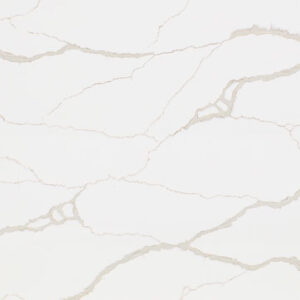 Radianz – Rio
Radianz – Rio 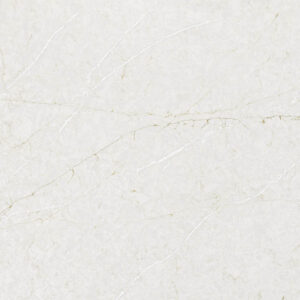 Radianz – Royal Marfil
Radianz – Royal Marfil  Radianz – Ural Grey
Radianz – Ural Grey 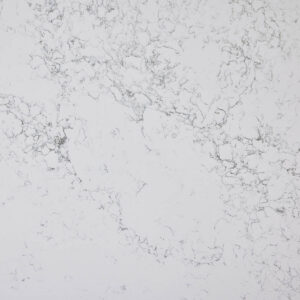 Radianz- Antique Green
Radianz- Antique Green 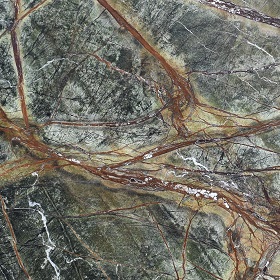 Rainforest Green
Rainforest Green  Roma Blue
Roma Blue  Rosa Tea
Rosa Tea  Rose Aurora
Rose Aurora 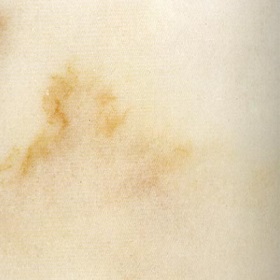 Rose Aurora Estramoz
Rose Aurora Estramoz  Rose Aurora Macchia Vecchia
Rose Aurora Macchia Vecchia  Rose Noir
Rose Noir 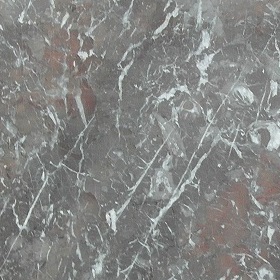 Rosso Bilbao
Rosso Bilbao  Rosso Damascus
Rosso Damascus  Rosso Dante
Rosso Dante  Rosso Levanto
Rosso Levanto 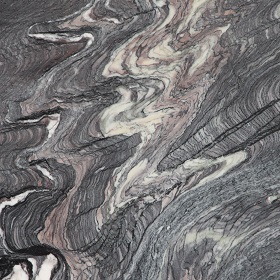 Rosso Luana
Rosso Luana 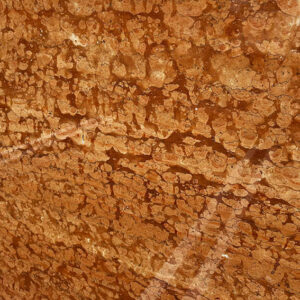 Rosso Verona
Rosso Verona  Royal Blue
Royal Blue  Ruivina
Ruivina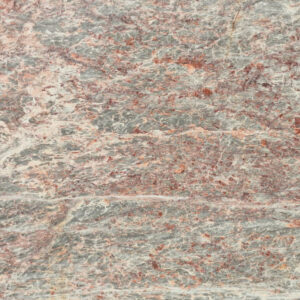 Salome
Salome 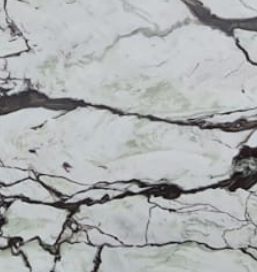 San Simone
San Simone  Sapien Stone – Alaska White
Sapien Stone – Alaska White  Sapien Stone – Arabescato
Sapien Stone – Arabescato 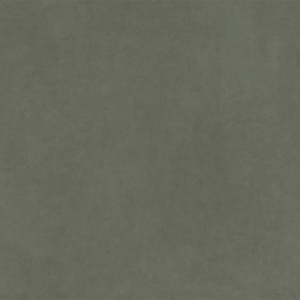 Sapien Stone – Balance – Chester Green
Sapien Stone – Balance – Chester Green  Sapien Stone – Balance – Ivory
Sapien Stone – Balance – Ivory  Sapien Stone – Balance – Luna Limestone
Sapien Stone – Balance – Luna Limestone 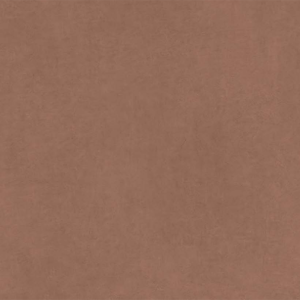 Sapien Stone – Balance – Masala Red
Sapien Stone – Balance – Masala Red 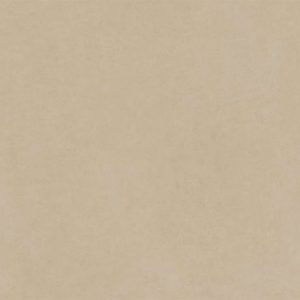 Sapien Stone – Balance – Nude
Sapien Stone – Balance – Nude  Sapien Stone – Basalt Black
Sapien Stone – Basalt Black  Sapien Stone – Basalt Cream
Sapien Stone – Basalt Cream 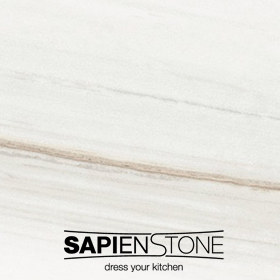 Sapien Stone – Bianco Lasa
Sapien Stone – Bianco Lasa 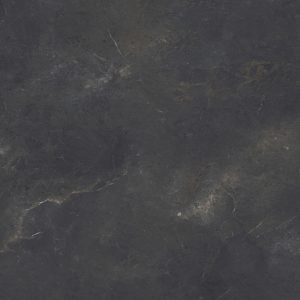 Sapien Stone – Black Diamond
Sapien Stone – Black Diamond  Sapien Stone – Breccia Imperiale
Sapien Stone – Breccia Imperiale  Sapien Stone – Bright Onyx
Sapien Stone – Bright Onyx  Sapien Stone – Brown Earth
Sapien Stone – Brown Earth 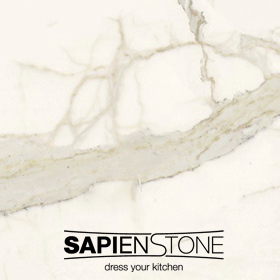 Sapien Stone – Calacatta
Sapien Stone – Calacatta  Sapien Stone – Calacatta Light
Sapien Stone – Calacatta Light  Sapien Stone – Calacatta Macchia Vecchia
Sapien Stone – Calacatta Macchia Vecchia 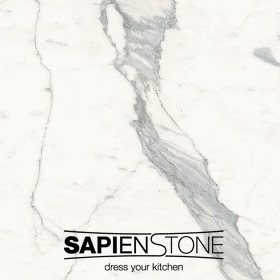 Sapien Stone – Calacatta Statuario
Sapien Stone – Calacatta Statuario 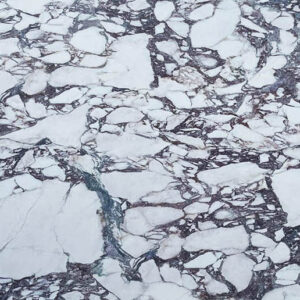 Sapien Stone – Calacatta Viola
Sapien Stone – Calacatta Viola  Sapien Stone – Ceppo Varese
Sapien Stone – Ceppo Varese  Sapien Stone – Crema Neve
Sapien Stone – Crema Neve 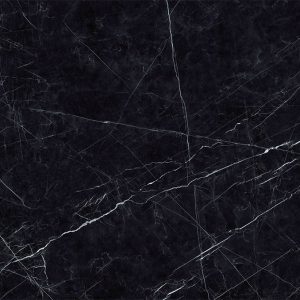 Sapien Stone – Dark Marquina
Sapien Stone – Dark Marquina  Sapien Stone – Fior Di Bosco
Sapien Stone – Fior Di Bosco  Sapien Stone – Grand Antique 4D
Sapien Stone – Grand Antique 4D 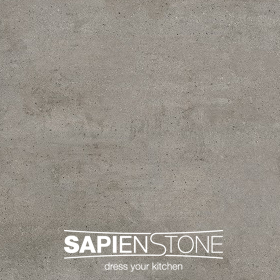 Sapien Stone – Grey Earth
Sapien Stone – Grey Earth  Sapien Stone – Grigio Savelli – Cashmere
Sapien Stone – Grigio Savelli – Cashmere 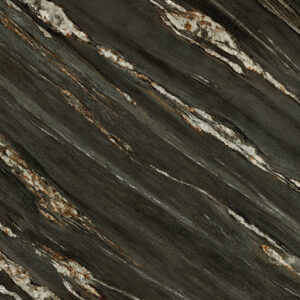 Sapien Stone – Kuroca 4D
Sapien Stone – Kuroca 4D 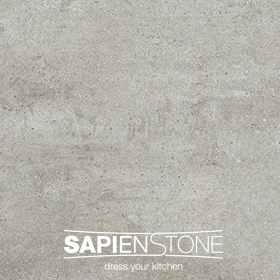 Sapien Stone – Light Earth
Sapien Stone – Light Earth 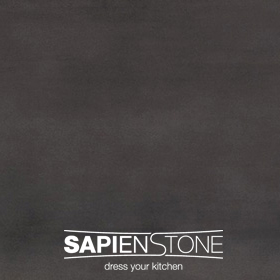 Sapien Stone – Malm Black
Sapien Stone – Malm Black 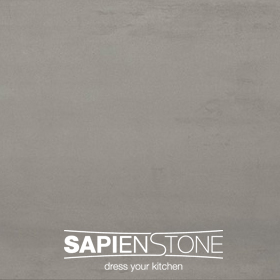 Sapien Stone – Malm Grey
Sapien Stone – Malm Grey  Sapien Stone – Noir
Sapien Stone – Noir  Sapien Stone – Palladium Grey
Sapien Stone – Palladium Grey 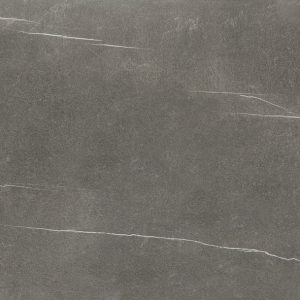 Sapien Stone – Piasentina
Sapien Stone – Piasentina 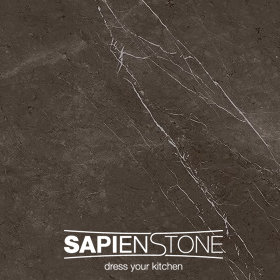 Sapien Stone – Pietra Grey
Sapien Stone – Pietra Grey  Sapien Stone – Platinum White
Sapien Stone – Platinum White 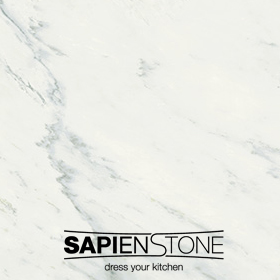 Sapien Stone – Premium White
Sapien Stone – Premium White  Sapien Stone – Rovere Baio
Sapien Stone – Rovere Baio 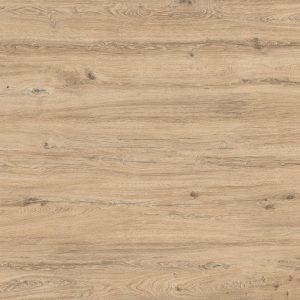 Sapien Stone – Rovere Buckskin
Sapien Stone – Rovere Buckskin 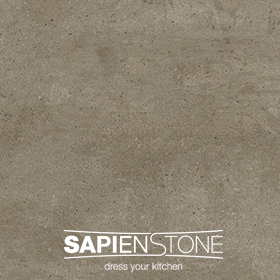 Sapien Stone – Sand Earth
Sapien Stone – Sand Earth 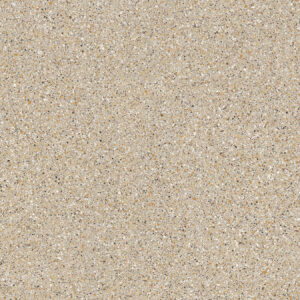 Sapien Stone – Seminato Beige
Sapien Stone – Seminato Beige  Sapien Stone – Seminato Candido
Sapien Stone – Seminato Candido  Sapien Stone – Seminato Nero
Sapien Stone – Seminato Nero 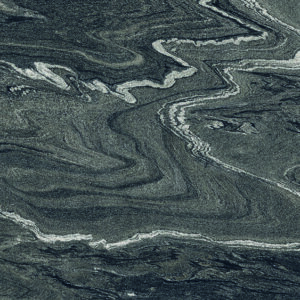 Sapien Stone – Silver Wave 4D
Sapien Stone – Silver Wave 4D  Sapien Stone – Taj Mahal
Sapien Stone – Taj Mahal 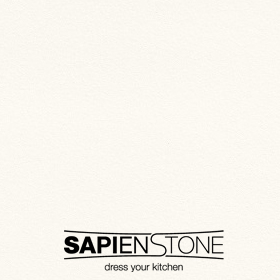 Sapien Stone – Uni Ice
Sapien Stone – Uni Ice 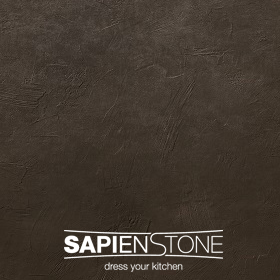 Sapien Stone – Urban Antracite
Sapien Stone – Urban Antracite  Sapien Stone – Urban Argento
Sapien Stone – Urban Argento 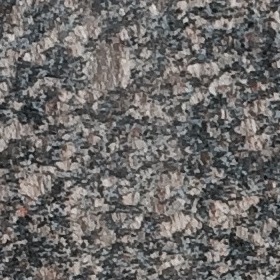 Sapphire Brown
Sapphire Brown  Sea Bed
Sea Bed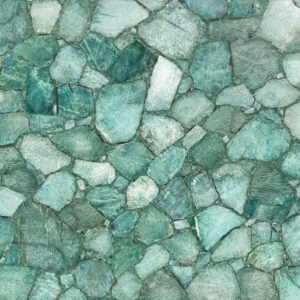 Semi Precious Panel – Amazonite
Semi Precious Panel – Amazonite 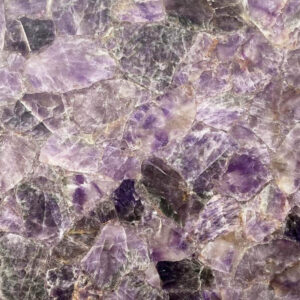 Semi Precious Panel – Amethyst
Semi Precious Panel – Amethyst  Semi Precious Panel – Grey Agate
Semi Precious Panel – Grey Agate 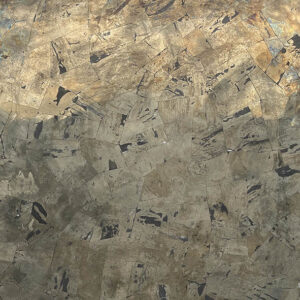 Semi Precious Panel – Iron Pyrite
Semi Precious Panel – Iron Pyrite 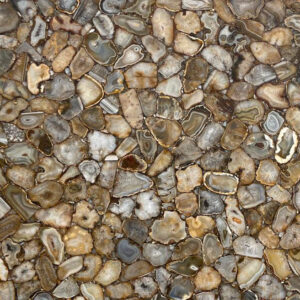 Semi Precious Panel – Jaguar
Semi Precious Panel – Jaguar  Semi Precious Panel – Lapis Lazuli
Semi Precious Panel – Lapis Lazuli  Semi Precious Panel – Malachite
Semi Precious Panel – Malachite  Semi Precious Panel – Mother of Pearl
Semi Precious Panel – Mother of Pearl  Semi Precious Panel – Picasso Gem
Semi Precious Panel – Picasso Gem  Semi Precious Panel – Rose Quartz
Semi Precious Panel – Rose Quartz  Semi Precious Panel – Tigers Eye
Semi Precious Panel – Tigers Eye  Sequoia
Sequoia 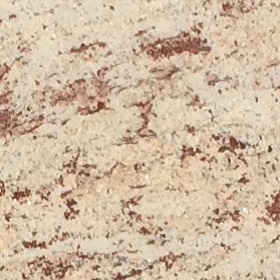 Shiwakashi
Shiwakashi  Silver Black Onyx
Silver Black Onyx  Silver Cloud
Silver Cloud 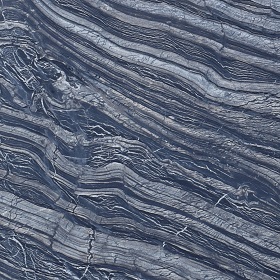 Silver Wave
Silver Wave  Silver Wind
Silver Wind  Sivec
Sivec 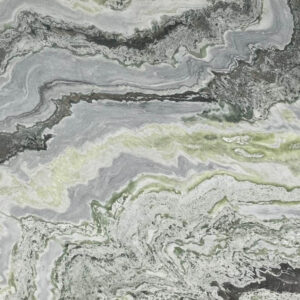 Sky Blue
Sky Blue  Sodalite Blue Marble
Sodalite Blue Marble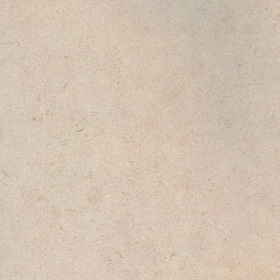 St. Hubert
St. Hubert  Stargate
Stargate 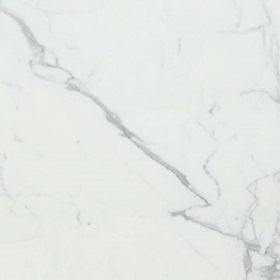 Statuary
Statuary  Steel Grey
Steel Grey  Stonethica – Bardiglio
Stonethica – Bardiglio  Stonethica – Carrara Mix
Stonethica – Carrara Mix 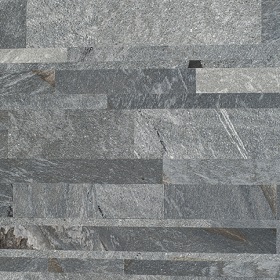 Stonethica – Pietra Cardoso
Stonethica – Pietra Cardoso  Strata Brown
Strata Brown 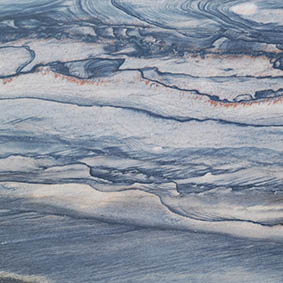 Stratus Boquira
Stratus Boquira  Striato Olympo
Striato Olympo 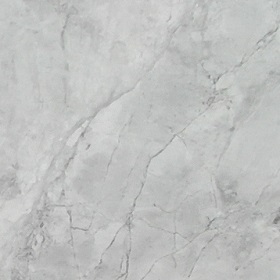 Super White
Super White  Taj Mahal
Taj Mahal  Tan Brown
Tan Brown  Terra Bianca
Terra Bianca  Thassos
Thassos Thunder White
Thunder White  Titanium Blue
Titanium Blue  Topaz White
Topaz White  Travertine Classic
Travertine Classic  Travertine Cross-Cut
Travertine Cross-Cut  Travertine Light
Travertine Light  Travertine Red
Travertine Red  Travertine Silver
Travertine Silver 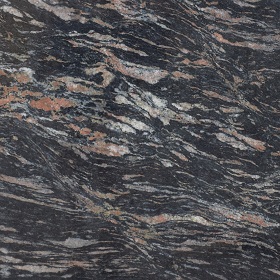 Tropical Black
Tropical Black  Tropical Green Quartzite
Tropical Green Quartzite  Tundra
Tundra  Tuscan White
Tuscan White  Typhoon Green
Typhoon Green 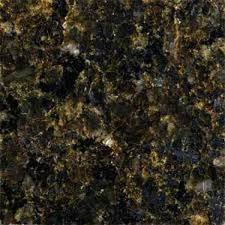 Ubatuba
Ubatuba  Utopia
Utopia Valley White
Valley White  Verde Alpi
Verde Alpi  Verde Antiqua
Verde Antiqua  Verde Bamboo
Verde Bamboo  Verde Cosmopolitan
Verde Cosmopolitan Verde Cristina
Verde Cristina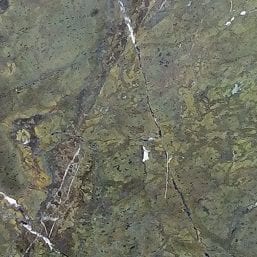 Verde Fantastico
Verde Fantastico  Verde Italia
Verde Italia  Verde Lapponia
Verde Lapponia  Verde Levanto
Verde Levanto  Verde Luana
Verde Luana  Verde Marina
Verde Marina  Verde Olomont
Verde Olomont  Verde Savannah
Verde Savannah  Verde St. Denis
Verde St. Denis 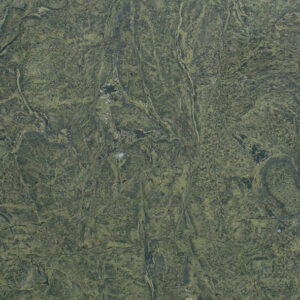 Verde Tabriz
Verde Tabriz  Verde Tinos
Verde Tinos  Verde Vitoria
Verde Vitoria Via Lattea
Via Lattea  Visag Blue
Visag Blue  Viscount White
Viscount White  Vivaldi
Vivaldi 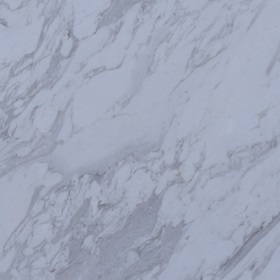 Volakas
Volakas 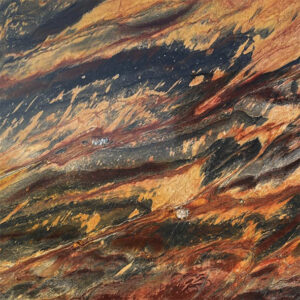 Volcano Quartzite
Volcano Quartzite  Volga Blue
Volga Blue  Vratza
Vratza  White Beauty
White Beauty 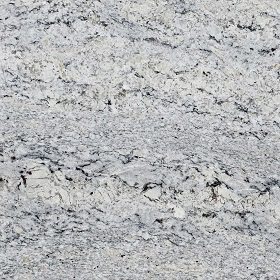 White Ice
White Ice  White Onyx
White Onyx  Whitewood
Whitewood  Wild West
Wild West  Zimbabwe
Zimbabwe 